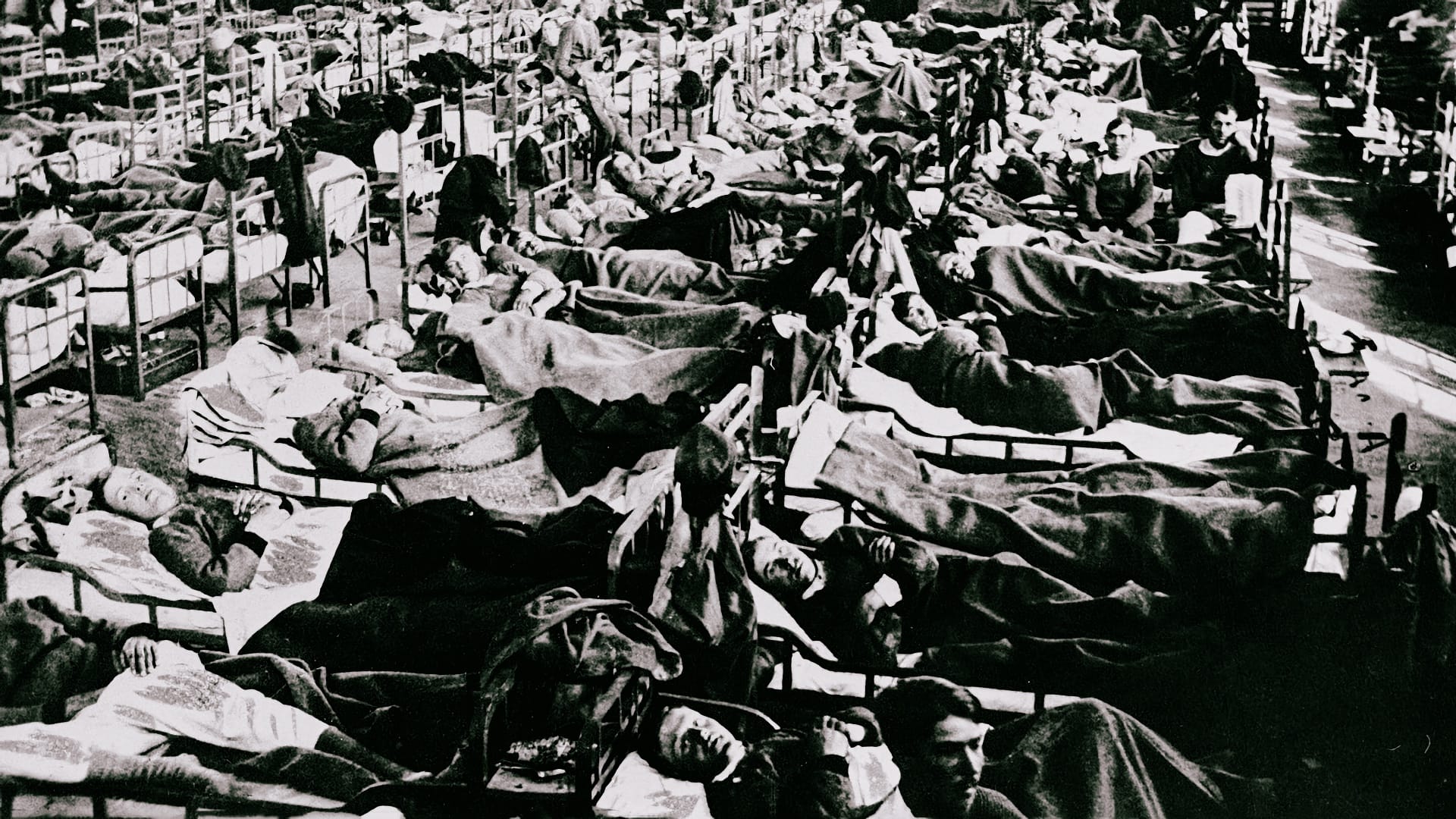The Spanish flu was a global pandemic that occurred in 1918-1919, caused by an H1N1 influenza virus. It spread quickly and infected about a third of the world’s population, leading to millions of deaths. The virus was especially deadly because it affected healthy young adults, not just the elderly or sick.
Except, well, that isn’t true.
The official story is bunk.
So, if the official story is bunk, what is the truth?
The whole story of an influenza pandemic was fabricated by the vaccine industry and the doctors who supported it.
—Eleanor McBean, anti-vaccination writer
There was no virus
Michael Bryant, in his outstandingly researched article, Exploding the Spanish Flu Myth, notes that the Spanish flu wasn’t caused by a virus, but by the harsh environmental conditions of World War I. In other words, there is no evidence of a deadly pathogen spreading between people. What happened, as Michael explains, was a collection of war-related consequences.
I mean, isn’t it a total coincidence that WW1 and the Spanish flu ended around the same time?

Factors like chemical warfare, overcrowded and unsanitary living spaces, and mass vaccinations created the perfect storm for illness.
The primary vectors to ‘the Spanish flu’ were:
- chemical warfare toxins affecting soldiers and civilians
- overcrowded and unhygienic wartime conditions
- experimental vaccines and medical treatments
What was called Spanish influenza was not influenza at all, but a reaction to the conditions of war and the drugs forced upon the people.
—Herbert Shelton, American naturopath






